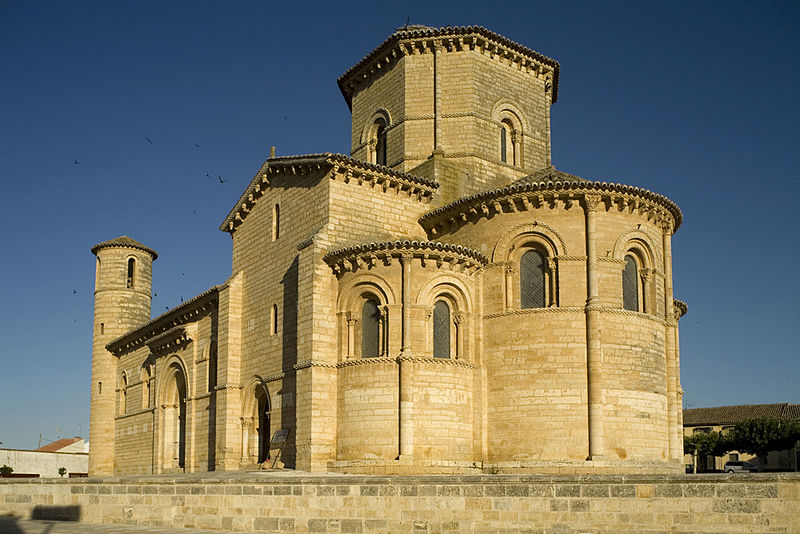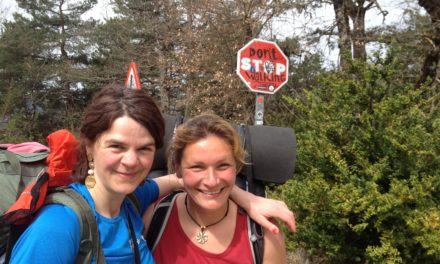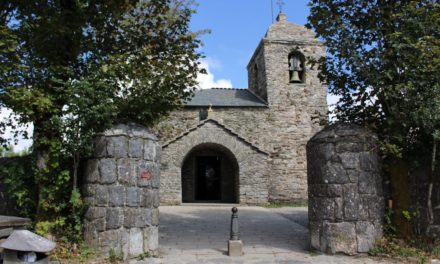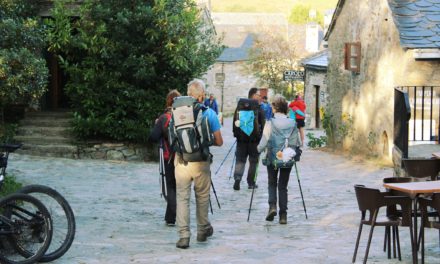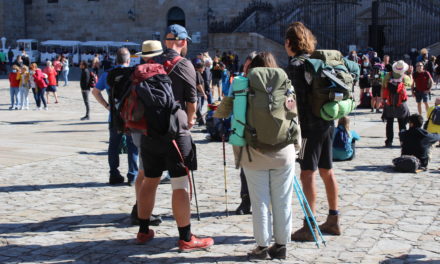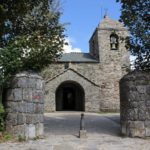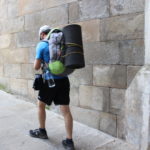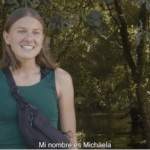Frómista is one of the towns which the French Way has passed through since at least the 12th century, when it is mentioned in the fifth book or pilgrims’ guide the ‘Calixtino Codex’.
Like many medieval towns and villages, Frómista owes its existence to the presence of a monastery whose importance and needs would have generated a settlement around it. We refer to the San Martín monastery, founded in 1066 by the widow of King Sancho el Mayor, who, after the death of her husband, retired to live in her native Castilla.
The construction of the monastery took place over several decades, giving rise to an extraordinary Romanesque work around the year 1100, whose architecture in the case of the church, is not very different from what may be seen today, since it was completely restored between 1894 and 1904, making the church of San Martín de Frómista one of the best preserved of all Romanesque buildings.
The church has a basilical floor plan, with three naves with four sections and a transept with reduced arms. From its exterior we would mention first of all the set of volumes, the great sharpness with which the different volumes of the building are trimmed, cleanly and harmoniously.
Among the most impressive elements we would also draw attention to the towers of its facade, two circular towers that flank the central portal, as well as the extraordinary octagonal dome that crowns the transept.
Still on the outside, we would encourage the visitor to spend time on the magnificent collection of corbels on the roof or eaves that supports the roofs, covering the upper part of all the exterior walls. The church preserves up to 315 corbels, sculpted with a great iconographic diversity or variety of shapes, among which the animals stand out: heads of dogs, wolves, lions.
From an artistic point of view, most of the elements of the church are extraordinary for the quality of their execution and archaeological or testimonial value of what the Romanesque world was. Thus we should also point out the perfection of the apses and the drum, all of them segmented by semi-columns, or of the large windows with archivolts; and, inside, the splendid set of capitals, with fifty examples in the best Romanesque style.
The magnificent church is undoubtedly one of the landmarks of Spanish Romanesque and, certainly, the best Romanesque on the Camino de Santiago, being able to relate to and place itself at the height of great Jacobean Romanesque centers: Jaca, San Isidoro de León and Compostela.
Be sure to visit San Martin de Frómista! -an extraordinary architectural work, on a very human scale, that pilgrims have been passing for a 1,000 years.
Photo: We have taken this image of the Commons Wikipedia project, its author is PMRMaeyaert.

